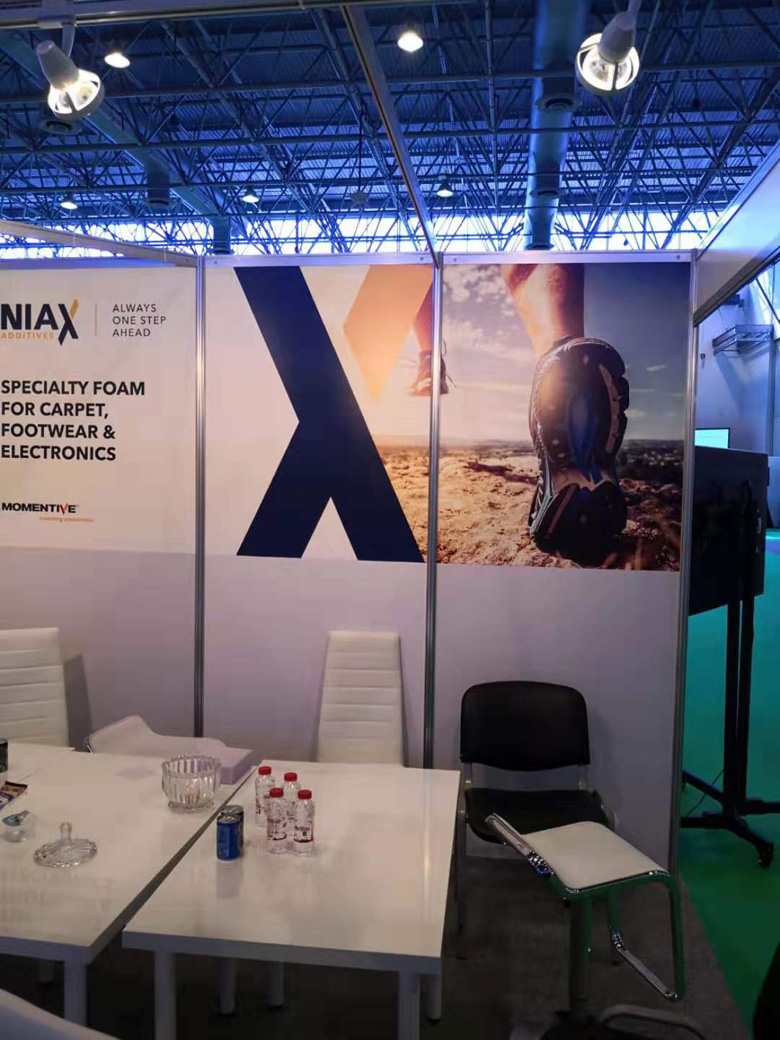Introduction
Hydrogen peroxide is the most commonly used oxidative bleaching agent in the current pre-treatment bleaching process. Whether it is two alkali oxygen baths, one bath scouring and bleaching, one bath deboiling and bleaching, or cold stack bleaching, in order to avoid alkaline conditions and the presence of metal ions Hydrogen peroxide stabilizer plays a key role in ineffective decomposition of hydrogen peroxide, improving oxygen bleaching degree and reducing fiber strength loss.
This article shares with you the mechanism, types and performance testing methods of hydrogen peroxide stabilizers.

1. The mechanism of action of hydrogen peroxide stabilizer:
1. Adsorption stability theory:
Stability is achieved through the adsorption of heavy metal ions by polymer micelles through electrostatic or hydrogen bonding.
The types of stabilizers include: water glass, magnesium fatty acid, polyacrylamide partial hydrolyzate, polycarboxylate, etc.
2. Complexation stability theory:
By chelating the sequestering agent with metal ions, a stable water-soluble complex is formed, thereby preventing heavy metals from catalyzing.
This type of stabilizers include: phosphates, aminocarboxylates, alcoholamines, hydroxycarboxylates and phosphates, etc.

2. Classification of hydrogen peroxide stabilizers:
1. According to structure:
Silicon-containing oxygen bleach stabilizers and non-silicon oxygen bleach stabilizers;
2. According to the mechanism of action:
Chelating type, adsorption type, adsorption chelating compound type.
3. Eight requirements for hydrogen peroxide stabilizer:
A good hydrogen peroxide stabilizer should have:
1. Excellent adsorption and chelating ability;
2. Able to withstand different concentrations of alkali agents;
3. Low force damage to fibers;
4. It has anti-fouling properties;
5. It can effectively control the decomposition rate of hydrogen peroxide and has an efficient stabilizing effect;
6. Use will not cause equipment scaling;
7. Excellent whiteness;
8. Easy to biodegrade.

4. Performance test of hydrogen peroxide stabilizer:
Selecting a hydrogen peroxide stabilizer generally requires the following performance tests:
Alkali resistance test; wool effect, whiteness and strength; stability of hydrogen peroxide; chelating power of metal ions; test of anti-scaling performance, etc.
1. Alkali resistance test:
Test steps
Weigh 2g and 5g of oxygen bleach stabilizer samples respectively and dissolve them in 4g/L anhydrous Na2C03 and 2g/L NaOH solution to prepare four groups of solutions A1, A2, B1 and B2. Mix A1, Place A2, B1, and B2 in a 250mL round-bottomed flask and observe the appearance of the solution. Then heat to boiling and carry out co-current. From the co-current, the appearance of the solution is visually inspected three times at 30min, 60min, and 120min. After co-current, stop heating and leave it overnight. Visually inspect again the next day. If there is turbidity or precipitation, it must be removed. Raise the temperature to boiling and test again. The results of the two tests shall prevail.
Result evaluation
Level 1 solution is completely clear;
Level 1~2 solution is milky white to slightly turbid;
Level 2: The solution is turbid but has no floc;
Level 2~3 solution is very turbid but no floc or oil separates;
Level 3 – Regardless of whether the solution is clear or turbid, floc or oily matter separates.
2. Tests on wool effect, whiteness and strength
Test solution process prescription and conditions
Sodium hydroxide (100%) 6g/L
Hydrogen peroxide (35%) 15g/L
Hydrogen peroxide stabilizer 6g/L
Solution volume 100mL
Temperature 98℃
Time 45min
Test steps
Pour the above prepared solution into the dyeing cup, put the cut cotton fabric together, cover the dyeing cup, and put it into the proofing machine for processing. When the temperature is raised to 98°C, keep it for 45 minutes.� Understand the ability of the tested stabilizer to prevent fabric holes.
4) During the entire titration process, the pH value of the stabilizer solution should be maintained at 10 to 12. If the pH value is low, NaOH solution should be added to adjust it to keep the solution alkaline.
5. Test of anti-scaling performance
Test solution prescription
Penetrating scouring agent 1g/L
Sodium hydroxide (100%) 4g/L
Hydrogen peroxide (35%) 40ml/L
Hydrogen peroxide stabilizer 20g/L
Solution volume 200ml
Preparation of test solution
a. Weigh 1g of the osmotic scouring agent into a 250mL beaker, add 100mL of water, stir and dissolve with a glass rod and set aside.
b. Weigh 4g of hydrogen peroxide stabilizer into a 250mL beaker, add 100ml of distilled water, stir to dissolve and prepare.
c. Add 20 mL of liquid a into liquid b, add 70 ml of distilled water, stir to dissolve, then add 8 ml of hydrogen peroxide, stir evenly, and then add 2 m of 130% liquid alkali (note: when adding sodium hydroxide, add it slowly and stir continuously) , stir evenly to obtain the sample solution and set aside.
Test steps
Pour the above prepared sample solution into a 250ml stoppered conical flask that has been weighed (accurate to 0.001g), and add 5g (accurate to 0.001g) cotton cloth and the weighed (Accurate to 0.001g) stainless steel plate (specification 40mm × 10mm × 1mm) is put in, the plug is tightly plugged, placed in a constant temperature oven at 70°C for 6 hours and then taken out, the plugged cone-shaped plate and stainless steel beads are washed with water and distilled water After washing, drying, and then weighing (accurate to 0.001g), calculating the weight gain of the stoppered Erlenmeyer flask and stainless steel beads can indicate the degree of scaling. The heavier it is, the worse the anti-fouling performance.